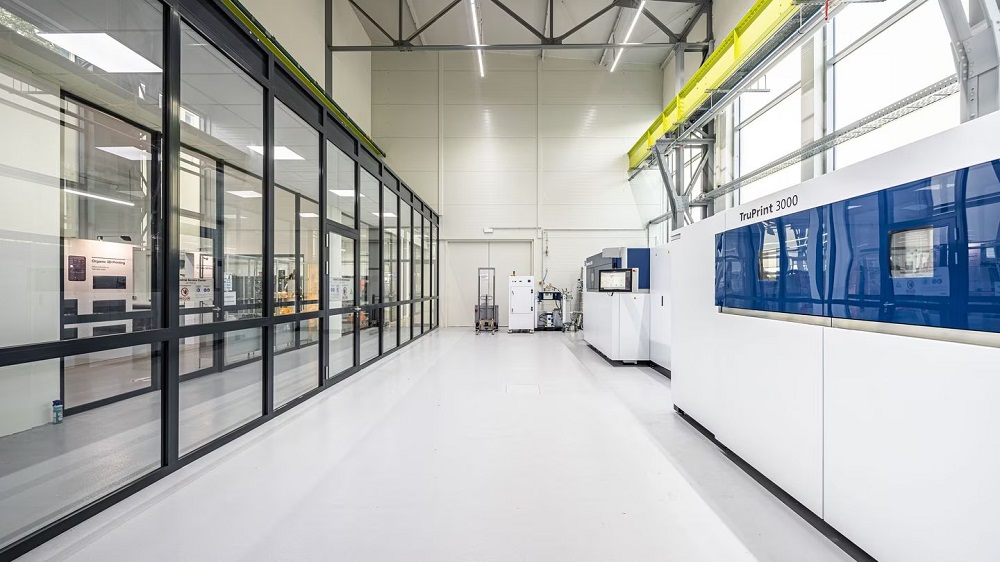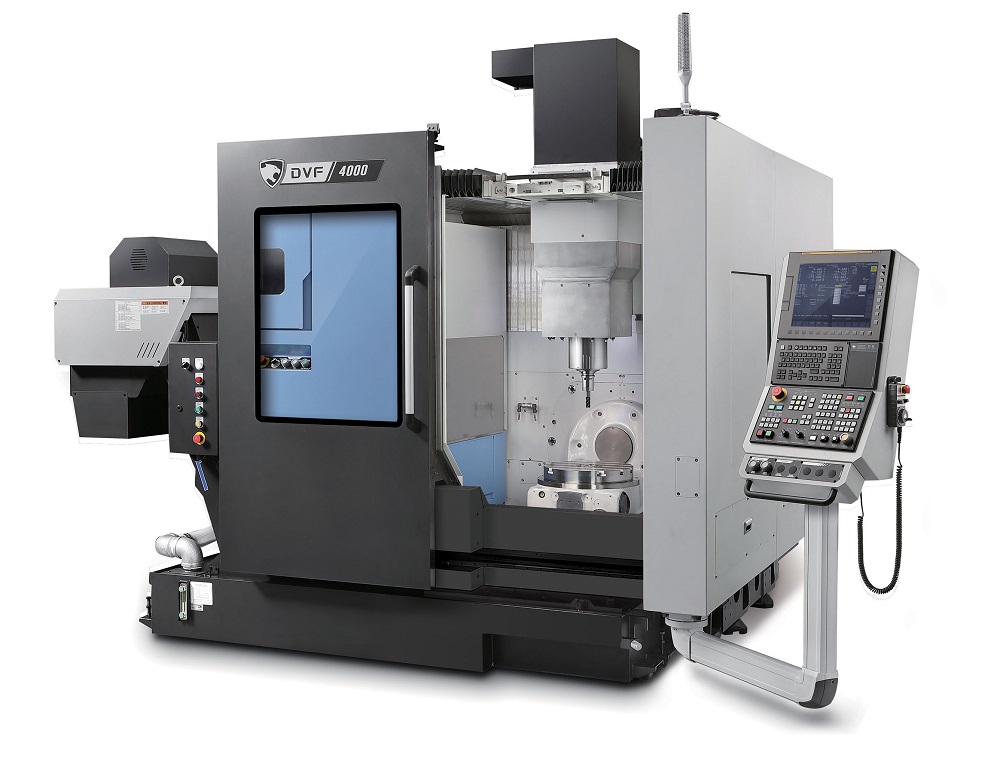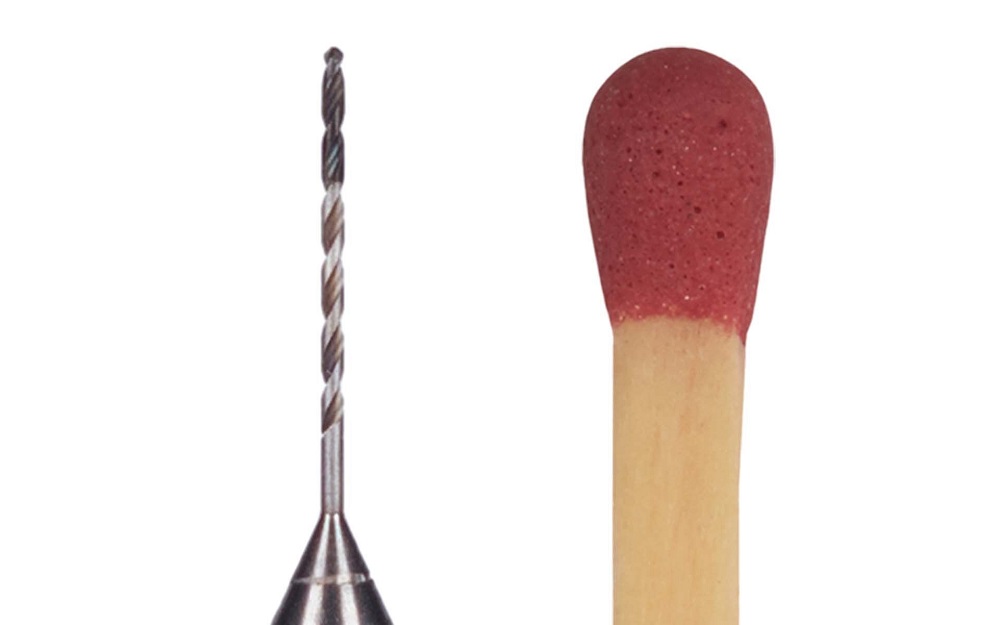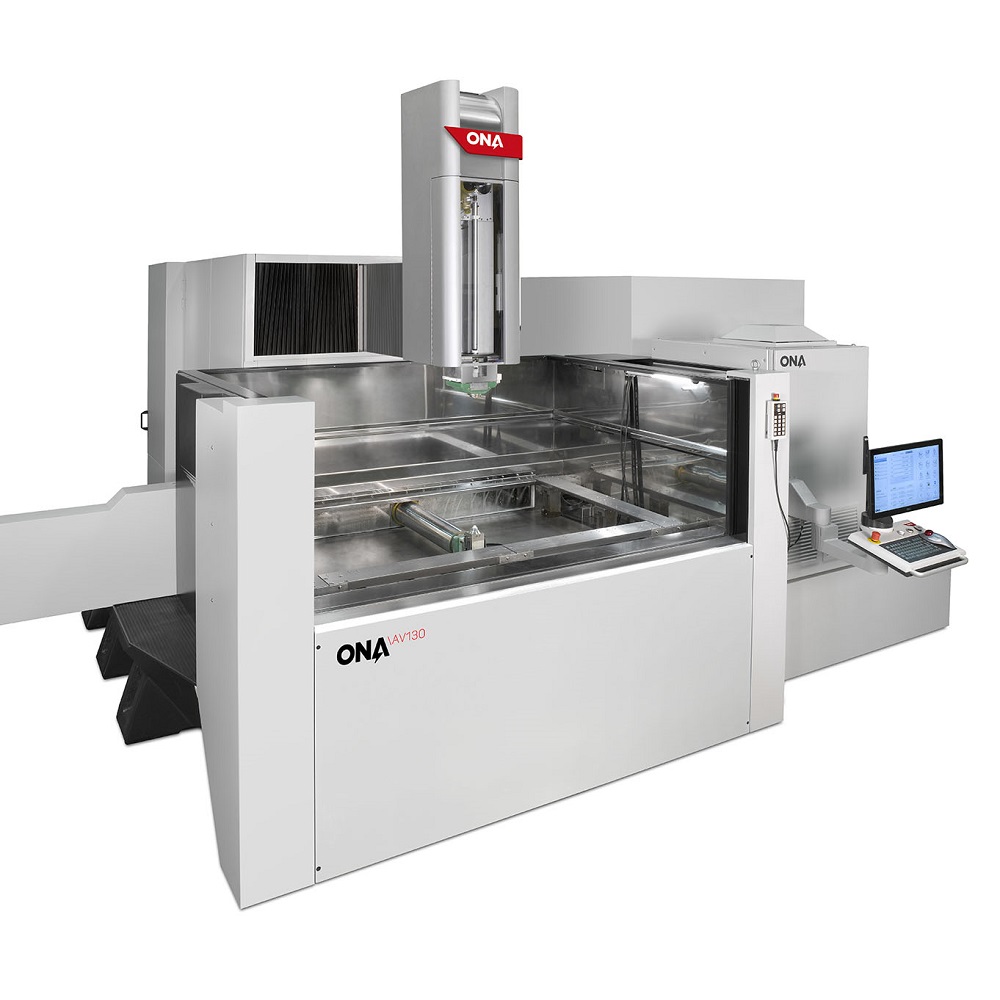Airbus Helicopters will use 3D printers from Trumpf to manufacture components for its helicopters, as well as for aircraft from parent company Airbus. The company is expanding its additive manufacturing capabilities with a new 3D printing centre in Donauwörth, Germany, with Trumpf supplying machines for the 3D printing ofstructural components made from titanium and high-strength aluminium.
“With innovative manufacturing processes, we are working on the helicopters of the future in Donauwörth,” states site manager Helmut Färber.“Among other things, 3D printing reduces the weight of components, which helps aircraft operators cut fuel consumption and lower costs. It can also help reduce CO2 emissions in flight. We’ll use the 3D printing process to produce components for the electric-powered CityAirbus, the experimental high-speed Racer helicopter and the Airbus A350 and A320 passenger aircraft, among others.”
For further information www.trumpf.com


















